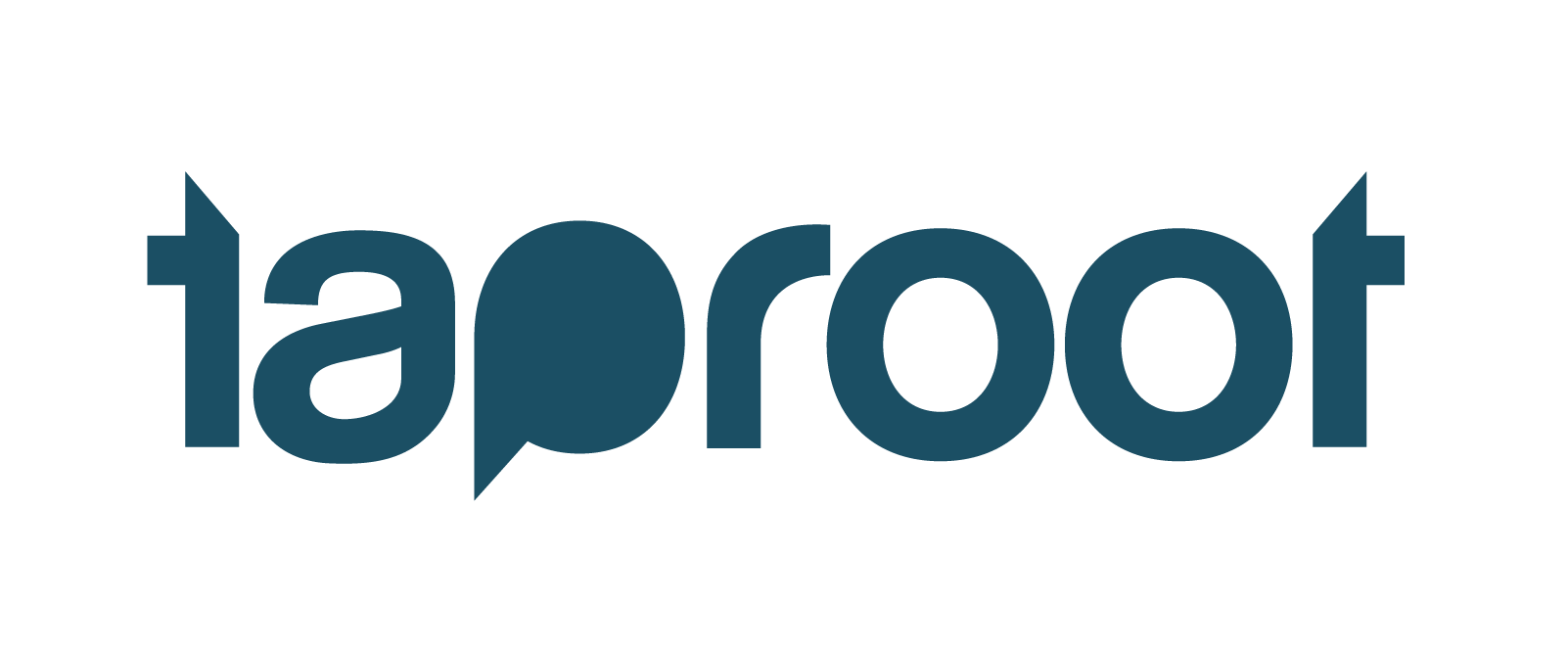Service at a Distance: How Virtual Pro Bono Can Help Others Now
Taproot Foundation shares best practices for delivering high-impact pro virtual pro bono

Service at a Distance: How Virtual Pro Bono Can Help Others Now
The COVID-19 pandemic has disrupted the work of nonprofits on a massive scale; many are now facing uncertainty about the future, financial instability, and an inability to serve their primary beneficiaries (a group whose needs have likely increased). Service programs must adapt in order to reach and support them. Throughout this crisis we’ve been working alongside our corporate partners to translate their in-person pro bono programs into sustainable virtual programs that can reach nonprofits in this moment.
We hosted the Supporting the Social Sector Through Virtual Pro Bono Programming webinar in order to share our best practices with companies considering the unique advantages of virtual pro bono, particularly during the pandemic.
As a design parameter, virtual pro bono is a tested and well-established method that can provide greater flexibility and responsiveness compared to in-person models. It’s a compelling option to consider at any time. However, given our current situation, we wanted to share how it works and how to pivot to virtual now while in-person pro bono simply isn’t an option.
What is virtual pro bono?We’ve been advising and supporting companies in developing high-impact pro bono programs for more than a decade – both in-person and virtually – and our matchmaking platform Taproot Plus has connected thousands of nonprofits with the pro bono service they need virtually. Fully remote programs can benefit pro bono providers and recipients in ways that just aren’t possible in-person. For example, virtual programs can:
- Offer support to a broader pool of beneficiaries across geographies. Support organizations regardless of their physical distance from the talent that can help them.
- Tap into expertise throughout your company. When you’re not limited by geography, you can continue to offer the expertise you’re known for, but also consider additional skills your company has in harder-to-engage areas that you might not regularly get to share.
- Navigate change and stimulate innovation. Learning to understand other perspectives and build rapport without the benefit in-person contact can generate original ideas employees can bring back to their day jobs.
“To leverage the expertise of MetLife employees with our global nonprofit partners more broadly, we knew we needed to consider a virtual initiative,” Dan Kamins of MetLife Foundation shared, describing a particular pre-COVID-19 program during our webinar conversation. “This would allow employees to provide deeper, more refined expertise to our partners — maximizing the quality of the engagement and the outcomes for nonprofits.”
There are some constraints unique to virtual programs to keep in mind when making the transition. Broadly, these fall into the categories of logistics, expectation setting, and team building/structure needs.
Just because your programs will look a little different during social distancing doesn’t mean that you can’t provide top-quality pro bono service. As long as you’re thinking critically and being a little creative with design, you can have a real impact on the organizations you serve in their greatest time of need.
Want to talk over virtual program design in more detail? Set up a time with our team to learn more about building your own fully remote pro bono program.

